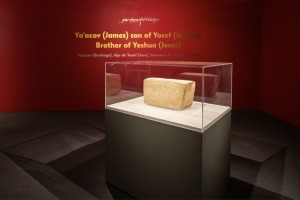NASA Mars Orbiter News 2015: A Decade in Space Celebrated
Launched from Earth on July 21, 2005, the Mars Reconnaissance Orbiter (MRO) is celebrating a decade in outer space gathering a treasure of brilliant scientific observations and information.
One of the exciting discoveries have been buried deposits of carbon dioxide gas on Mar's south polar cap that could be warmed and be driven to provide an Earth-like atmosphere.
"MRO has discovered that Mars' south polar cap holds enough buried carbon-dioxide ice to double the planet's current atmosphere if it warmed. It's caught avalanches and dust storms in action. The spacecraft's longevity has made it possible to study seasonal and longer-term changes over four Martian years," said Rich Zurek of Jet Propulsion Laboratory.
The other discovery of consequence is the spotting of seasonal flows on some steep slopes of Mars, possibly shallow seeps of salty water.
NASA's Mars Reconnaissance Orbiter (MRO) has been continuously sending in data about the Red Planet's diversity and activity to scientists and researchers at home. It's no wonder that it has become a key component while planning future missions to Mars, manned or unmanned. NASA reports that the decade old hardy orbiter has been chosen to examine and zero-in on possible sites where human exploration of the Martian surfacewill begin in the 2030s.
Scientists have been getting more data about Mars every week from MRO than the weekly total from all six other active Mars missions together and it continues to deliver. Impact glass, created as a result of meteor strikes in the past, was also detected by it. One of it's important function is to relay data between small rovers and landers on the ground and controllers on Earth. This the MRO will continue to do so till it remains functional.
MRO is scheduled to "greet" the InSight mission that is due to land on the surface of the Red Planet sometime in September 2016 and has been already re-positioned for the landing.
"Without making this orbit change manoeuver, Mars Reconnaissance Orbiter would be unable to hear from InSight during the landing, but this will put us in the right place at the right time," said Dan Johnston, MRO Project Manager at the Jet Propulsion Laboratory.





























